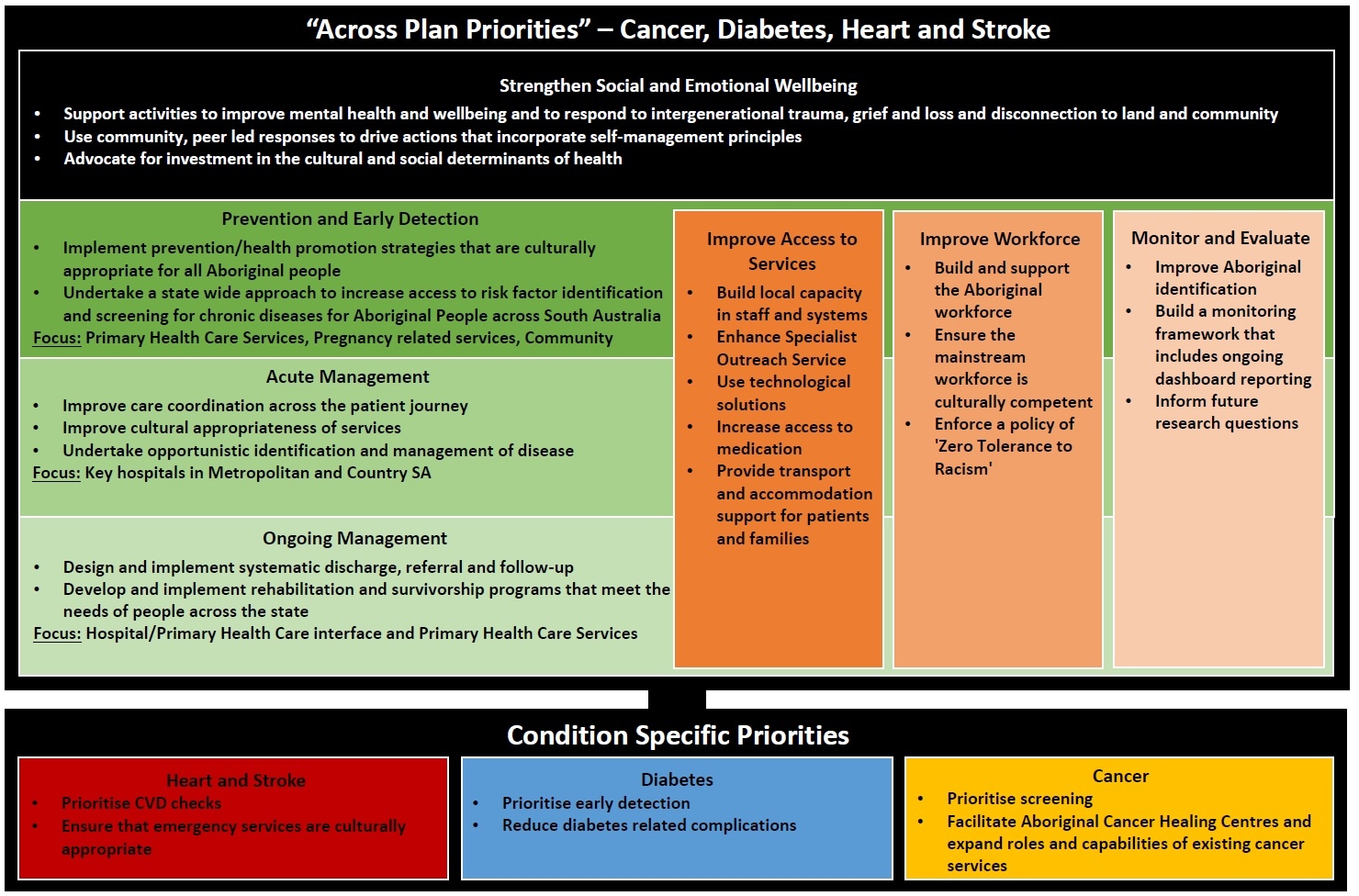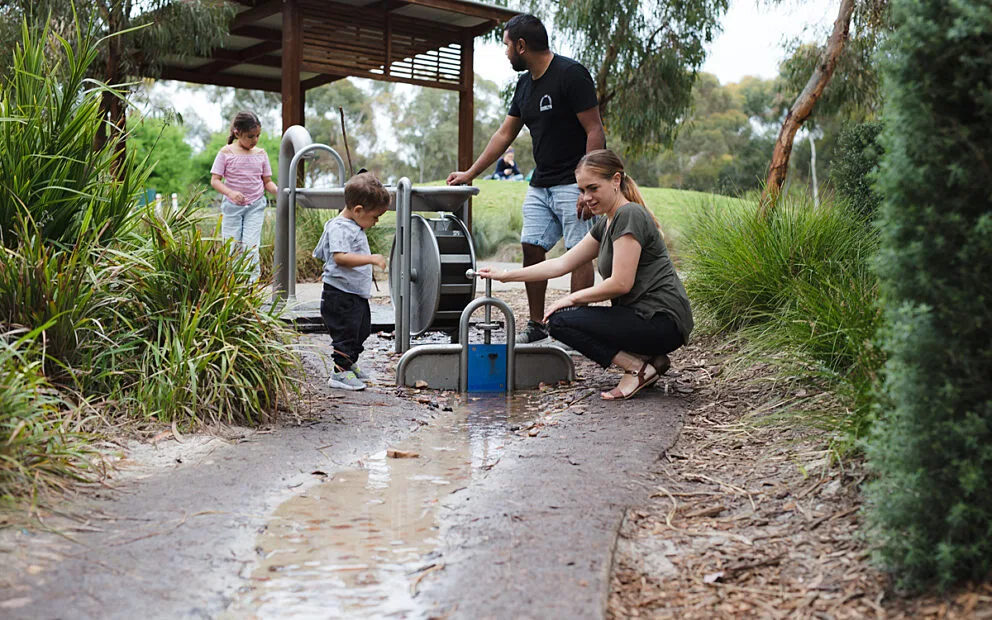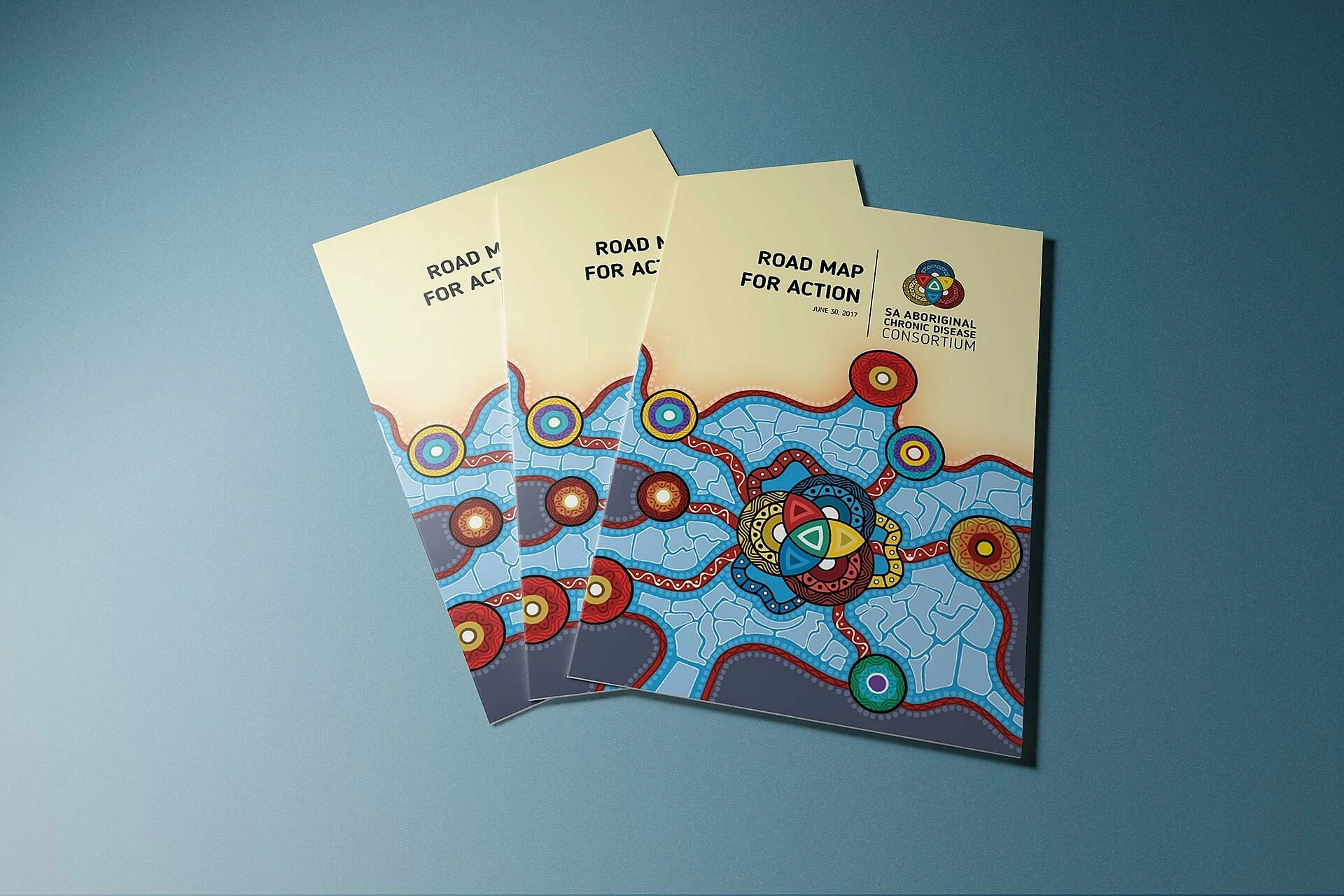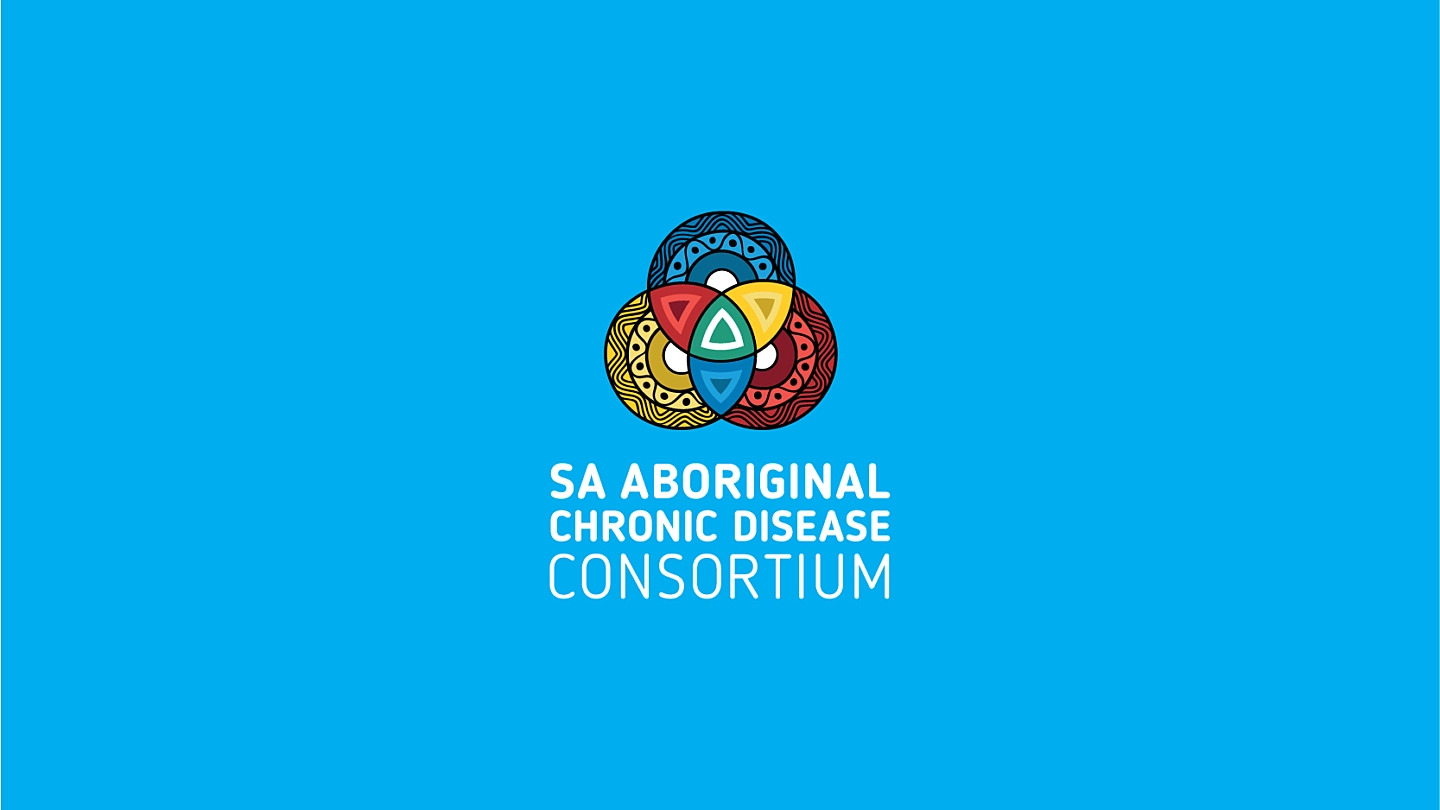Given the number of strategies in each of the Diabetes, Heart & Stroke and Cancer plans, there was a need to prioritise strategies for the next five years of the Consortium.
There was also a need to consider where opportunities to have overlap between the condition-specific plans existed, to have across-plan strategies having a more holistic approach to chronic disease prevention, management and care.
The process to identify priorities occurred in stages, and involved extensive consultation:
- Each condition-specific group prioritised the strategies in their plan, and the Community Reference Group prioritised the strategies in all 3 plans.
- Community members, service providers and other members of the Consortium identified Across Plan Priorities.
- These Across Plan Priorities were validated and refined by stakeholders.
- The Condition Specific Leadership groups and the Community Reference Group reviewed the draft priority document
- The Consortium Executive Group critiqued and signed off the final document.
SA Aboriginal Chronic Disease Consortium Road Map for Action
As a result of this process, completed in June 2017, the SA Aboriginal Chronic Disease Consortium Road Map for Action 2017-2021 was developed.
The SA Aboriginal Chronic Disease Consortium Road Map for Action is a document that outlines the priorities across all three plans, “Across Plan Priorities”, as well as some condition specific priorities. It has 10 Priority Areas that cover 27 Priority Strategies. It is likely that achievements in one Priority Area will impact on delivering outcomes in another.

Road Map Priorities
Across Plan Priorities:
- Strengthen Social and Emotional Wellbeing: addressing social and cultural determinants of health
- Prevention and Early Detection: addressing health promotion and screening activities
- Acute Management: to optimise care provision and ensure equity in service delivery in the acute phase of treatment
- Ongoing Management: enabling effective coordination and collaboration following initial treatment
- Improve Access to Services: to enhance health service effectiveness and usage
- Improve Workforce: to address capacity building and enhancing the Aboriginal workforce
- Monitoring and Evaluation: to guide policy, resource allocation and future research
Condition-specific Priorities
- Heart and stroke
- Cancer
- Diabetes




